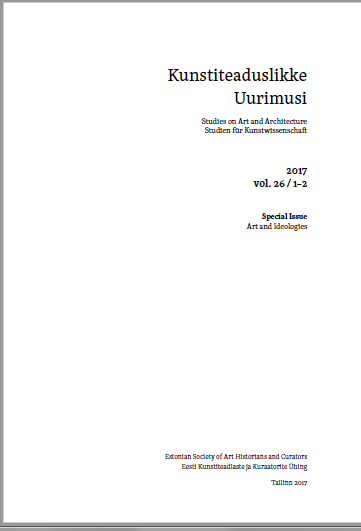Latvian National Art after 1934: Ideology, Practice and Evaluation
Latvian National Art after 1934: Ideology, Practice and Evaluation
Author(s): Stella PelšeSubject(s): Cultural history, Architecture, Visual Arts, Interwar Period (1920 - 1939), WW II and following years (1940 - 1949)
Published by: Eesti Kunstiteadlaste Ühing
Keywords: Latvian National Art; classical traditions and ethnographic heritage;
Summary/Abstract: This article focuses on the ideological underpinnings, accomplishments and assessments of art under the local authoritarian regime (1934–1940). Unity, nationalism, the cult of the leader and peasant life were promoted, denouncing modernist influences in favour of classical traditions and ethnographic heritage. The last six years of Latvia’s independence saw both major state-commissioned art projects and individual contributions matching the prescribed tenets to some extent, while most critics maintained that true Latvian national art was still in the making. This ideal, which could be termed nationalist realism, remained desirable, but not mandatory in comparison with some neighbouring totalitarian countries.
Journal: Kunstiteaduslikke Uurimusi
- Issue Year: 26/2017
- Issue No: 01+02
- Page Range: 49-72
- Page Count: 24
- Language: English
- Content File-PDF

